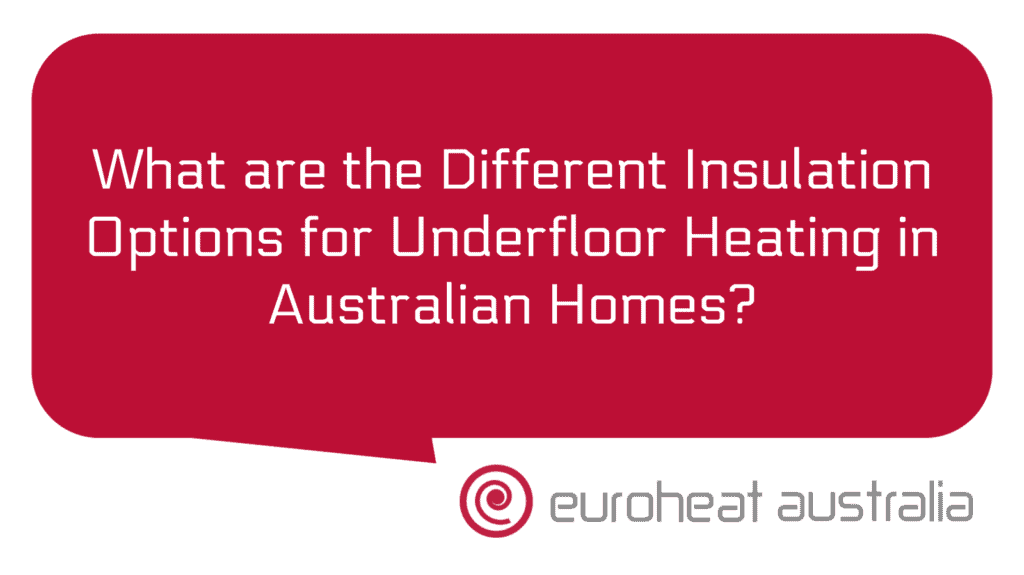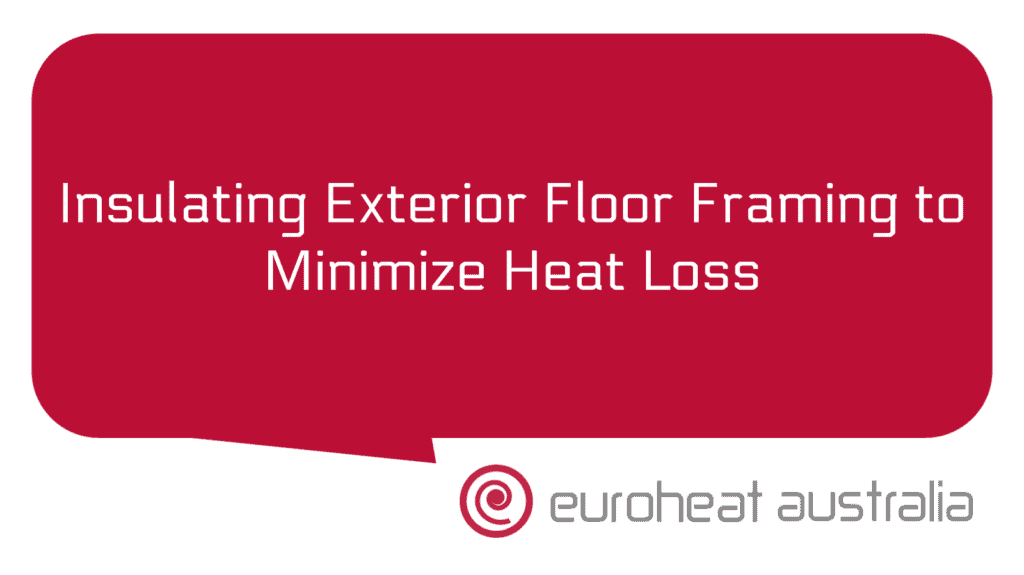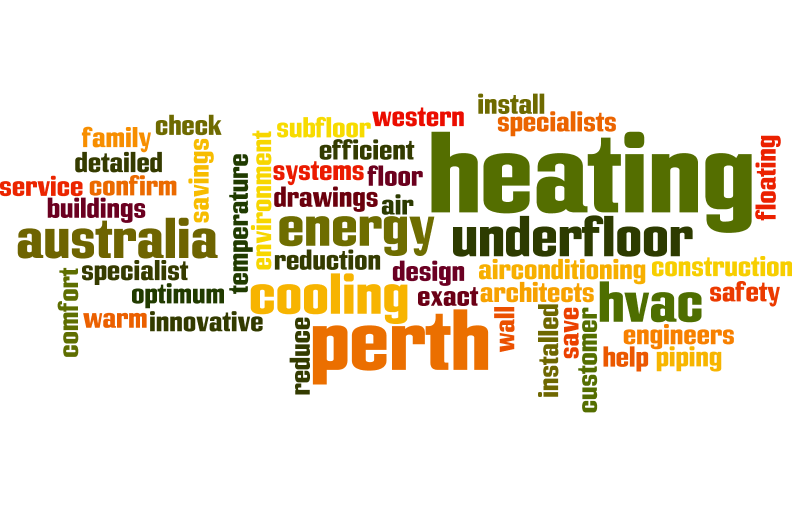When it comes to keeping your home warm, you may have heard about underfloor heating as a great option for Australian homes. With so many different insulation options available, it can be tricky to choose the right one for your home. Here we’ll look at the various insulation options available for underfloor heating and the benefits of installing them in your Australian home.
The most common type of insulation used with underfloor heating is polystyrene foam, which provides good thermal resistance and helps keep your house warm by trapping heat within the floor. It also prevents heat from escaping and helps reduce energy costs by reducing the amount of energy needed to heat up a room. Polystyrene foam is an affordable option and can be easily installed by a professional installer, such as Euroheat Australia in Perth with 30 years experience in designing and constructing hydronic heating & cooling systems.
Another popular option is closed-cell spray foam insulation which offers excellent thermal resistance and also provides an air-tight seal which helps reduce noise transfer between rooms or outside of the house. This type of insulation also helps prevent water vapour from transferring through walls or floors, making it ideal for moisture-prone areas such as bathrooms or kitchens. Closed-cell spray foam insulation is easy to install and can help save on energy bills over time due to the increased efficiency of underfloor heating systems when combined with this type of insulation.
For those looking for a more eco-friendly approach, wool insulation offers good thermal resistance while being made from renewable materials such as sheep’s wool or recycled plastic bottles. Wool insulation has good acoustic properties too so is great for reducing noise transfer between rooms and outside of your home. What’s more, wool insulation requires no additional adhesives or sealants during installation which makes it easier to fit without needing any special tools or expertise – perfect for DIY enthusiasts!
The final option we’ll look at is reflective foil insulation which offers excellent thermal resistance but also reflects heat back into your home during winter months making it ideal for colder climates like Australia’s southern states like Tasmania & Victoria where temperatures drop significantly during winter months. Reflective foil insulation is especially effective when combined with radiators as it helps keep them running more efficiently throughout colder periods while helping to reduce energy costs over time thanks to its superior performance when compared with other types of insulations on the market today.
Whichever type you choose, underfloor heating can be beneficial in a variety of ways – not only helping to keep your house warm but also reducing energy bills in the long run thanks to its efficient use of energy resources. It’s important though that you get expert advice on what type would work best in your particular situation – this is where Euroheat Australia come in! With their extensive experience in designing & constructing hydronic heating & cooling systems they are well placed to advise you on what type of system would best suit your needs – so why not contact them today?





